As a trial lawyer, your main goal is to persuade the judge or jury that your client’s side of the story is the most compelling one. One of the most effective ways to do this is through trial graphics.
These visual aids can help you convey complex information in a way that is easy to understand and memorable. In this article, we’ll explore the science of storytelling and how trial graphics can help you tell a compelling narrative.
The Power of Storytelling
Humans have been telling stories for thousands of years. From cave paintings to novels, stories have always played an essential role in our lives. But why do we love stories so much? The answer lies in our brain. Research has shown that when we hear a story, our brain releases dopamine, a chemical associated with pleasure and reward. This makes us feel good and helps us remember the information better.
In addition to making us feel good, stories also help us make sense of the world around us. They provide a framework for understanding complex information and help us remember important details. This is why stories are such a powerful tool in the courtroom.
For more, see:
The Science of Storytelling
To understand how trial graphics can help you tell a compelling narrative, it’s essential to understand the science of storytelling. There are a few key elements that make up a good story:
1. Characters: A good story has relatable characters that the audience cares about. In the courtroom, your client is the main character of the story. This can be a corporation, not just an individual, as it often is with our clients.
2. Conflict: Every good story has conflict. In the courtroom, this conflict is the dispute between your client and the opposing party.
3. Plot: The plot is the sequence of events that make up the story. In the courtroom, this includes the facts of the case and the evidence that supports your client’s position.
4. Resolution: A good story has a resolution that satisfies the audience. In the courtroom, this is the verdict you hope to achieve.
Trial Graphics and the Science of Storytelling
Now that we understand the science of storytelling let’s look at how trial graphics can help you tell a compelling narrative in the courtroom. There are a few critical ways that trial graphics can enhance your storytelling:
1. Simplify complex information: One of the main benefits of trial graphics is that they can simplify complex information. This is particularly important in cases that involve technical or scientific information. A well-designed trial graphic can help the jury understand difficult concepts in a way that is easy to understand.
2. Make information memorable: As mentioned earlier, stories help us remember important information. Using trial graphics to illustrate key points in your case, you can help the jury remember the facts supporting your client’s position.
3. Create emotional impact: Another benefit of trial graphics is that they can create emotional impact. For example, a graphic showing the damage to your client’s financial performance can help the jury understand the impact of the opposing party’s actions. This can create empathy for your client and help the jury see the case from their perspective.
4. Provide visual evidence: Trial graphics can also provide visual proof supporting your client’s position. For example, a graphic that shows the timeline of events can help the jury understand the sequence of events that led to the dispute.
5. Enhance credibility: Finally, trial graphics can enhance your credibility as a lawyer. You can demonstrate your expertise and professionalism in the courtroom by using well-designed graphics that support your arguments.
For more, see:
Examples of Effective Trial Graphics
To illustrate the power of trial graphics, let’s take a look at a few examples of compelling graphics:
1. Timeline: A timeline graphic can show the events that led to the dispute. This can help the jury understand the context of the case and the actions of each party.
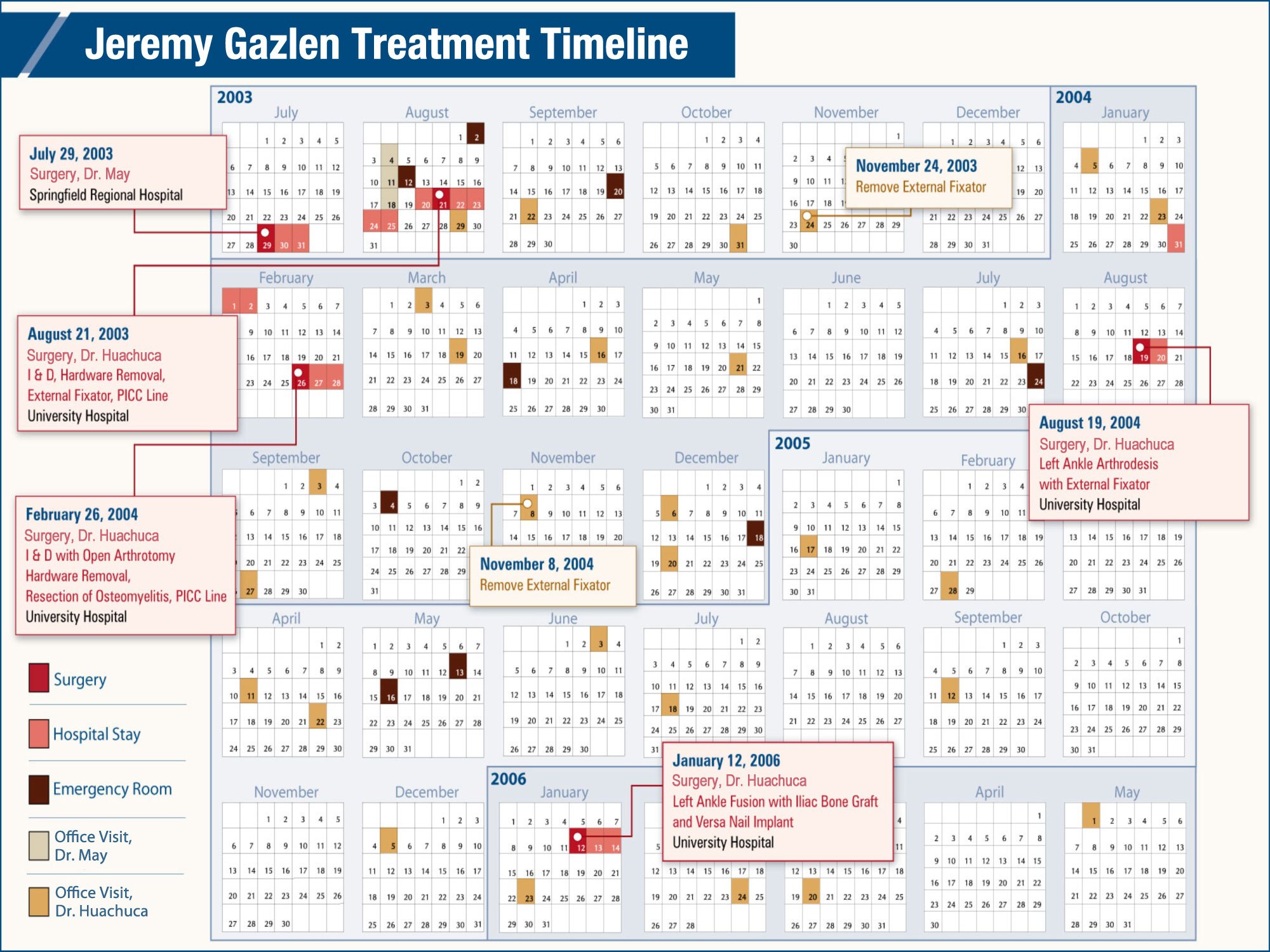
2. 3D Models/3D Animation: In cases that involve physical objects, 3D models can be used to show the object in detail. This can help the jury understand the object’s features and how it was used.
3. Infographics: Infographics can be used to simplify complex information. For example, an infographic that shows the steps involved in a scientific process can help the jury understand the process in a way that is easy to understand.
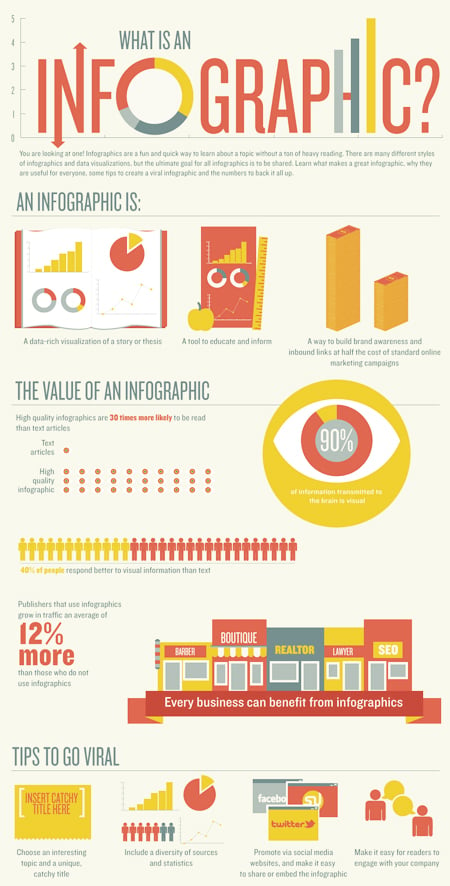
4. Maps: Maps can show the location of key events in the case. This can help the jury understand the context of the case and the actions of each party.
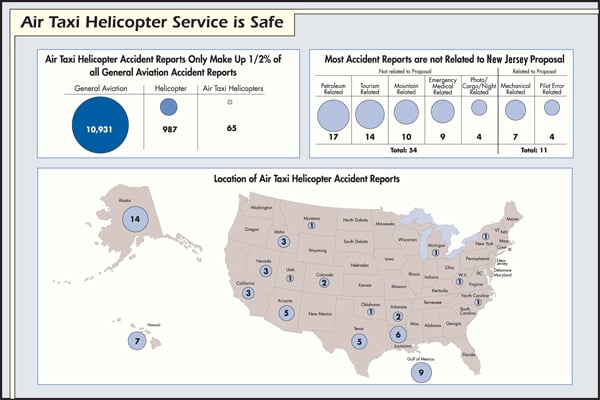
In conclusion, trial graphics are a powerful tool for telling a compelling narrative in the courtroom. By simplifying complex information, making information memorable, creating emotional impact, providing visual evidence, and enhancing credibility, trial graphics can help persuade the jury that your client’s side of the story is the most compelling. So, the next time you prepare for a trial, consider using trial graphics to enhance your storytelling and increase your chances of success.
Please look at more articles on trial graphics, storytelling, and persuasion.


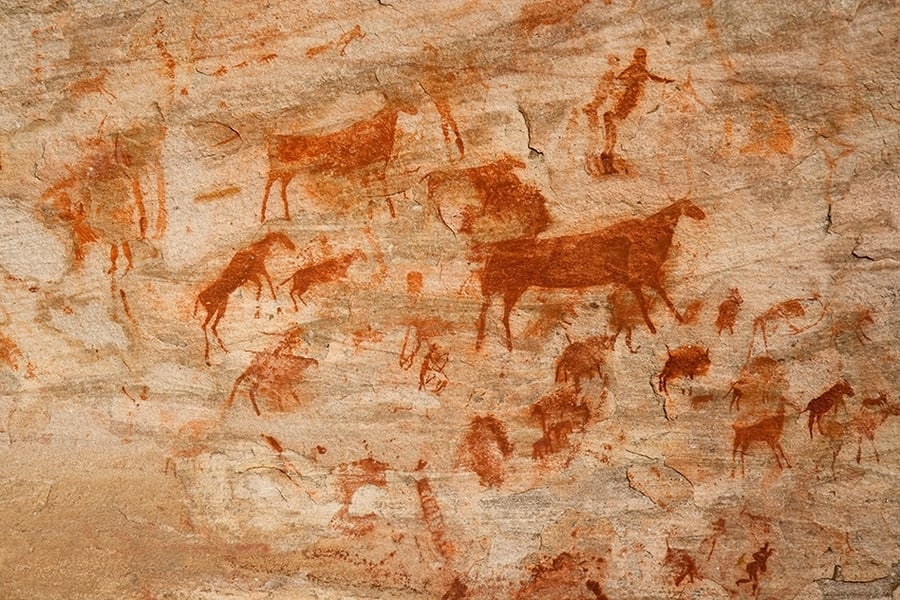


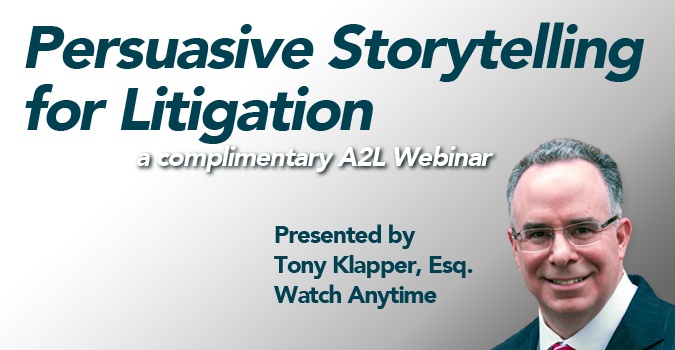
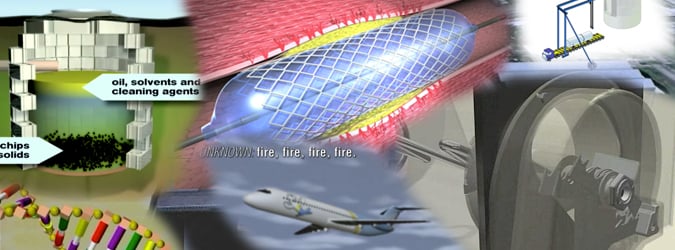



Leave a Comment